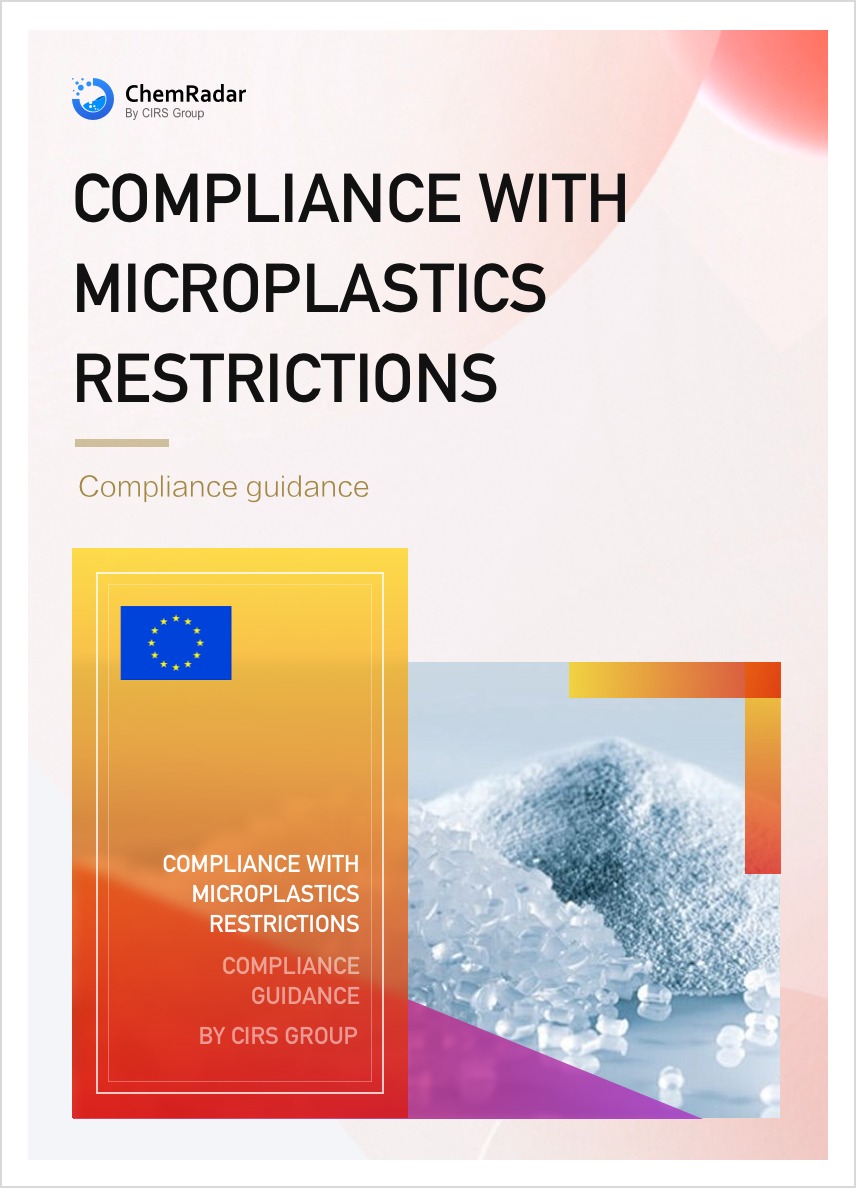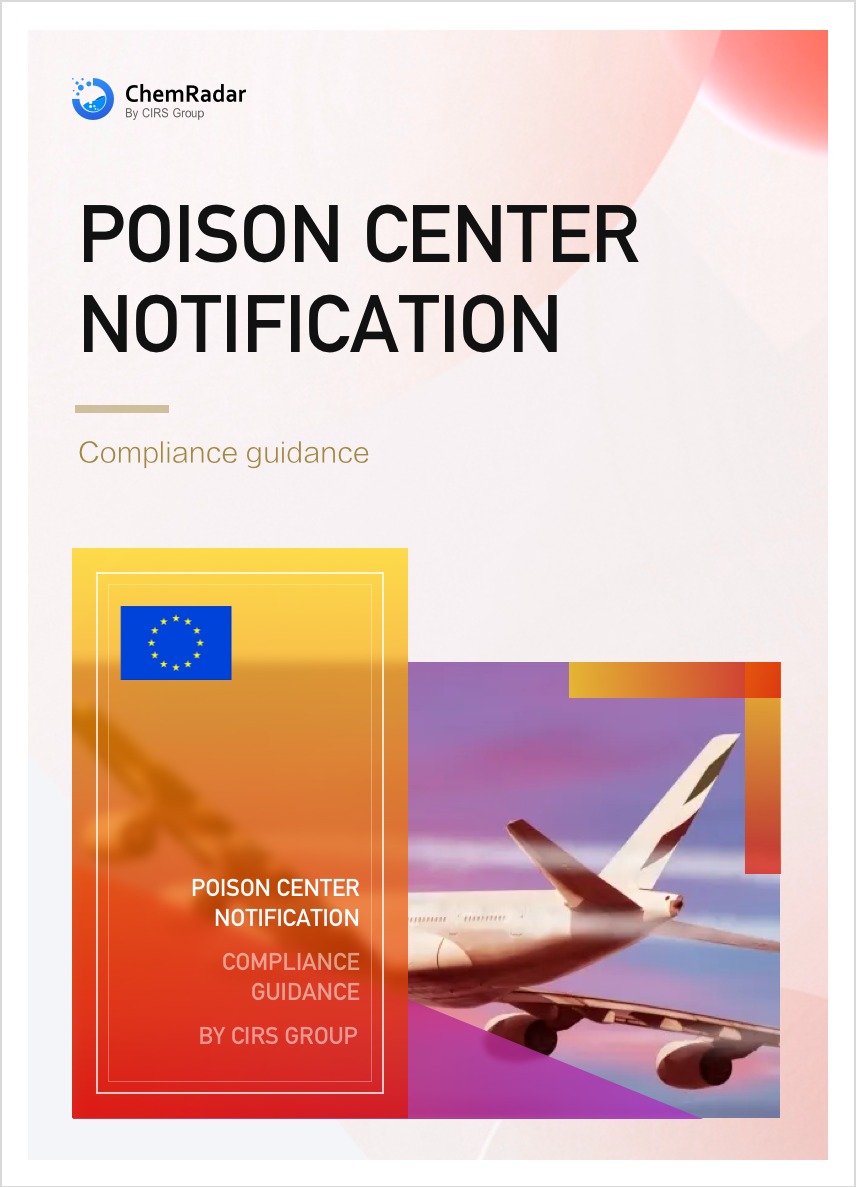On August 20, 2025, the European Chemicals Agency (ECHA) has officially released the revised 14th edition of its restriction proposal on per- and polyfluoroalkyl substances (PFAS), also known as the "Background Document." The update expands the assessment scope to include eight additional industry sectors, laying the groundwork for the final opinion by ECHA’s committees.
Background of the Proposal
PFAS are highly persistent in the environment, resisting degradation during use and remaining long-term post-release. Most PFAS also exhibit long-range environmental transport, spreading to regions far from emission sources. In January 2023, regulatory bodies from Denmark, Germany, the Netherlands, Norway, and Sweden jointly submitted the restriction proposal. The EU conducted a six-month public consultation from March to September 2023. The current 14th edition, revised in June 2025, incorporates new findings and feedback.
Key Updates
1. Added Assessments for Eight Key Sectors on Alternatives and Cost Impacts
The revised proposal updates summaries on alternatives and cost implications for industries affected by the proposed PFAS ban. The eight newly added sectors include:
- printing applications;
- sealing applications;
- machinery applications;
- other medical applications, such as immediate packaging and excipients for pharmaceuticals;
- military applications;
- explosives;
- technical textiles; and
- broader industrial uses, such as solvents and catalysts.
2. First Introduction of "Alternative Restriction Options"
In addition to a full ban or time-limited exemptions, the proposal introduces a “continued use under risk-controlled conditions” pathway. Feasibility assessments for this option have been completed for seven areas:
- PFAS manufacturing;
- transport;
- electronics and semiconductors;
- energy;
- sealing applications;
- machinery applications; and
- technical textiles.
If adopted, companies must demonstrate that PFAS use poses manageable risks to continue production or distribution.
3. Proposed Restriction Thresholds
Based on current data, the proposal outlines enforceable thresholds for PFAS in substances, mixtures, or articles placed on the market:
- 25 ppb: Limit for any individual PFAS (targeted analysis method; polymeric PFAS excluded from quantification).
- 250 ppb: Limit for total PFAS (targeted analysis method; pre-degradation of precursors optional; polymeric PFAS excluded).
- 50 ppm: Limit for total PFAS content (including polymeric PFAS).
If total fluorine exceeds 50 mg F/kg, manufacturers, importers, or downstream users must provide evidence to authorities that the fluorine does not originate from PFAS.
Next Steps
ECHA’s Risk Assessment Committee (RAC) and Socio-Economic Analysis Committee (SEAC) are conducting independent reviews. ECHA aims to submit a “transparent, independent, and high-quality” joint opinion to the European Commission (EC) promptly. Final restrictions will be decided by the EC in consultation with EU member states.
Further Information




